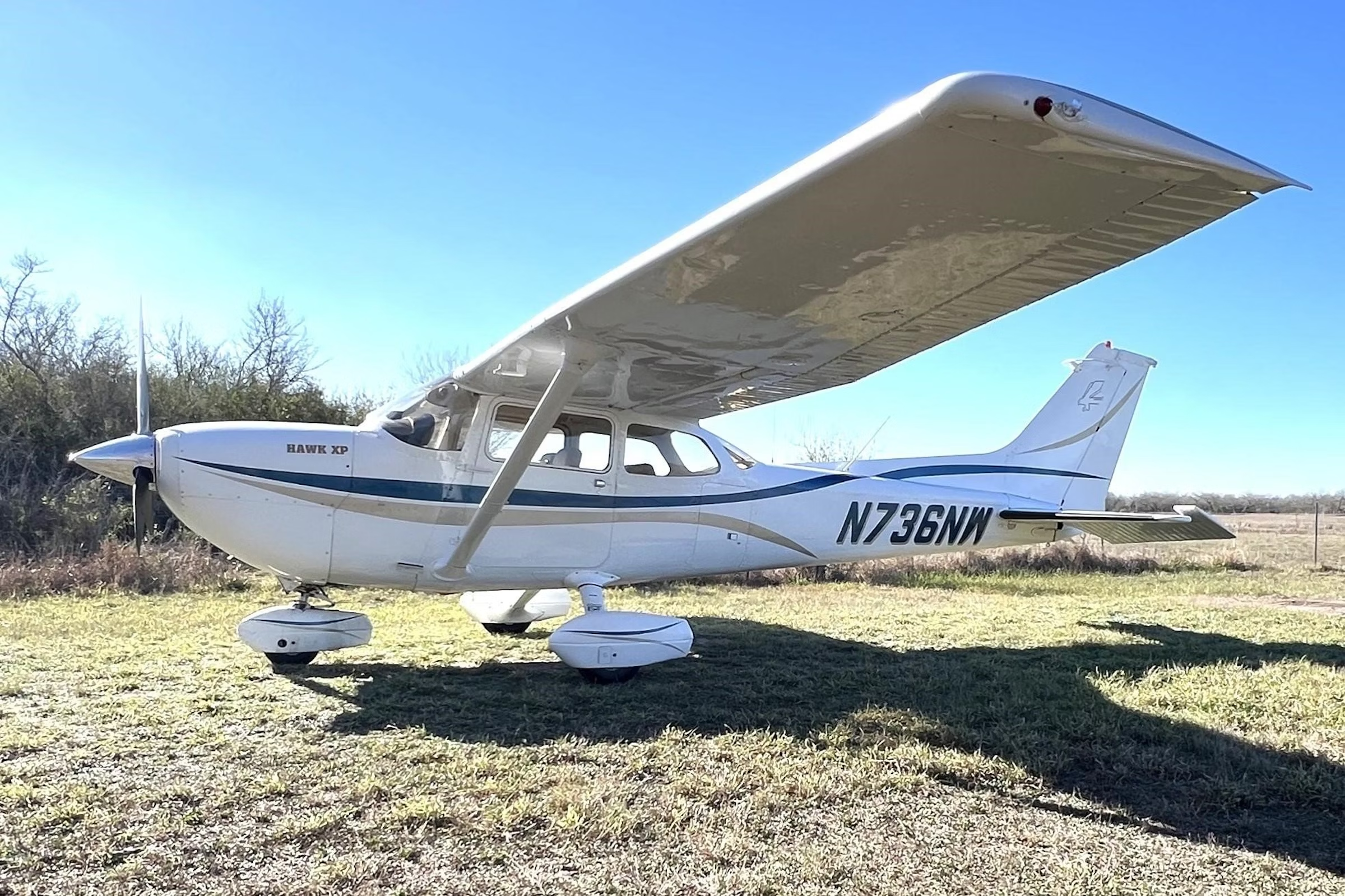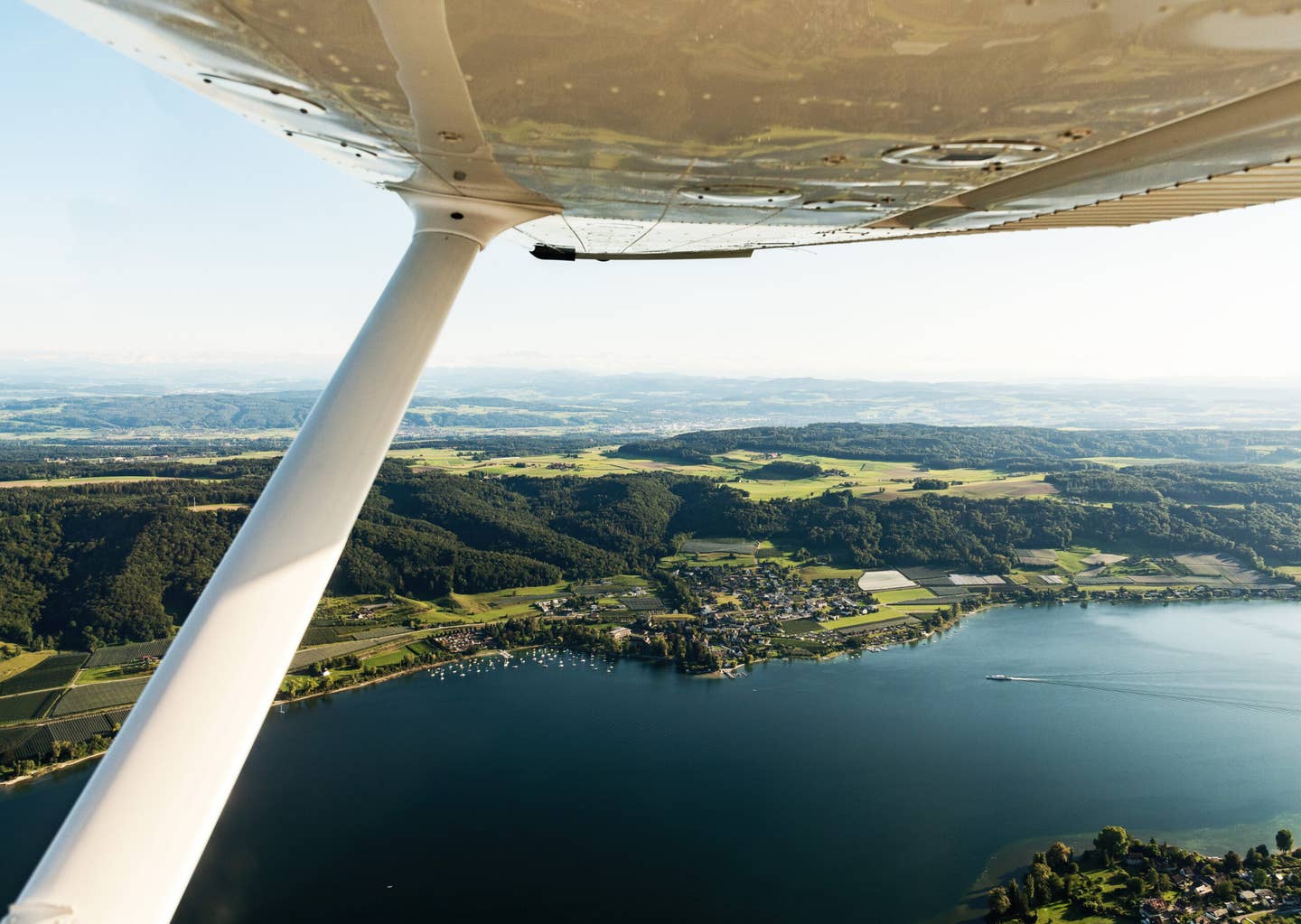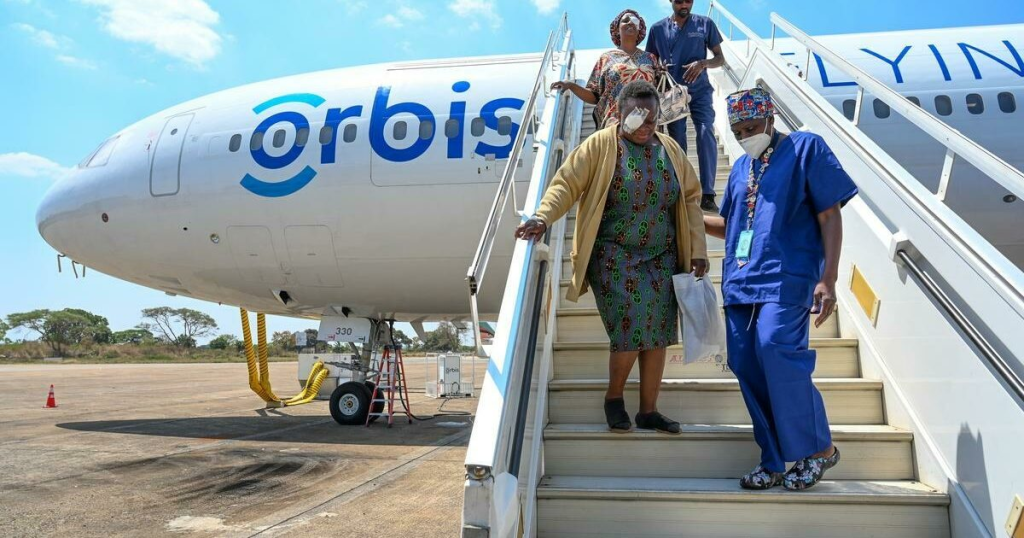
(October 2011) It's an old story. As old as the Greeks, in fact, though it has been retold many times and in many versions. Its erotic, pathetic, heroic and cautionary elements receive different emphases from authors with different axes to grind. In brief, Leander was a youth who lived on one shore of the Hellespont, the narrow strait that separates Greece from Asia Minor. He became the lover of a priestess of Aphrodite — her name was Hero, pronounced more like hair-oh — who dwelt on the other shore. He would visit her nightly, swimming across the channel while she set out a lantern to guide him. One night it was stormy, and Leander drowned.
The worldly-wise Lord Byron once swam the Hellespont in Leander’s honor. He later complained that, while the brave Greek youth won eternal fame, all he got for his pains was a cold.
What moral should we draw from the story of Leander? That love cannot, in fact, conquer all? That youthful rashness and rough water go ill together? Perhaps something more general, about recklessness and any sort of dangerous activity.
A 21-year-old Alabama man began taking flying lessons on Oct. 30. He got his student certificate a week later, at that point reporting six hours of flight experience. In his application for the third-class medical, he did not mention that he had used a prescription antidepressant when he was 18, and had then been treated with a series of other medications for a diagnosis of attention deficit hyperactivity disorder, a recently discovered ailment mainly of disruptive or unfocused schoolboys. For the past few months he had been taking daily doses of Adderall, an amphetamine “study drug” with the paradoxical property of stimulating the enervated while calming the overstimulated.
The student pilot pursued his flying lessons assiduously. He made his first solo flight in the pattern on Dec. 20 and his second on the 23rd. An instructor endorsed his logbook for solo flying within 25 miles of the home airport, with limitations: daytime only, no passengers, wind not to exceed 10 knots, maximum crosswind six knots, ceiling above 2,300 feet and visibility no less than six miles. The instructor also explained these limitations to him verbally.
At this point he had logged 26 hours, a quarter of them at night. He had not yet received any cross-country instruction.
On Dec. 23, the student pilot bought himself a 37-year-old, recently annualed Cherokee 140.
The evening of Dec. 24 was forecast to be stormy, with wind and rain. An instructor, observing the student fueling his newly acquired airplane a little after noon, told him that he “needed to be through flying for the day” because of the weather. The student agreed and said that he would put the airplane away.
At 2:50, the airport security camera recorded the pilot returning, and about five minutes later an airplane that appeared to be his taxied to the runway. The security camera caught no more comings or goings of the pilot or his airplane, but it did note the pilot-controlled runway lights going on at 9:58 p.m.
The student pilot had been planning to visit his girlfriend at her parents’ home in Atlanta the following day, Christmas, but he decided to fly to Atlanta that night instead. He spoke with her between 8:45 and 9:45. She tried to dissuade him. She told him that the weather was bad and that it was raining hard. There was a high wind advisory for the area.
He replied, “I’m a pilot.”
He said he would land at 11:30. When he had not arrived by 2 in the morning, his girlfriend called the authorities. The next afternoon the wreckage of the Cherokee was located in a national forest 35 miles east of the departure airport. There was no wreckage path; the engine buried in the ground, the symmetrical crushing of both wings and the lack of damage to the tail cone and empennage and to the surrounding trees indicated that the airplane had come down in a vertical dive, probably having stalled and spun. Investigators found nothing to suggest a pre-impact failure of the engine or flight controls.
The weather at the departure airport on the evening of the flight had been windy but VFR, with five- or six-mile visibility, overcast at around 3,000 feet and gusts to 20 knots. At Atlanta, there were 30-knot gusts, but the visibility and ceiling were better. At Anniston, Alabama, the weather reporting station closest to the accident site, the wind was gusting to 25 and the visibility occasionally dropping below three miles in rain and mist. There was no evidence, however, that the pilot had sought a weather briefing from any of the usual augurs.
The accident occurred in a hilly area, where, with the strong east wind blowing, orographic rain and fog were probable. Witnesses from the vicinity of the accident site reported heavy rain and high winds. A fire department officer at Anniston had received a number of calls regarding blown-down power lines earlier that evening.
The autopsy of the pilot found residues of amphetamines and alcohol in his blood and tissues. Investigators obtained pharmacy records that revealed that his most recent Adderall prescription had been filled the day before the accident. Five of the pills were already gone, implying that the young man had been taking them at twice the prescribed rate. Detritus recovered from the wreckage suggested, without however confirming it, a minor orgy of self-medication: an emptied can of Red Bull energy drink, an ashtray full of cigarette butts, a water bottle containing chewed tobacco, four unopened cans of beer in a duffle and four other beer cans, scattered about, which were too badly damaged for it to be determined whether or not they had been opened.
Despite the fact that the student pilot had only just soloed and was not authorized to carry passengers, his girlfriend told investigators that she had flown with him several times. She described him as a good pilot who could fly in instrument conditions and “with or without the GPS.” He was, however, “hard-headed.” His flight instructor supplied a slightly less flattering account, saying that he was “pretty good” at night flying and “terrible” on instruments. He was “overconfident,” and his buying himself an airplane had perhaps magnified his “attitude that he could do anything.” His driving record suggested a protracted, but perhaps not untypical, male adolescence: three speeding tickets, and one for running a red light; two accidents, fault unspecified; and a 60-day license suspension for “mutilating, defacing or reproducing” a driver’s license.
From a certain point of view, some amount of irrational optimism might be seen as useful for a pilot. After all, he expects to be suspended aloft, like a saint or a character in a martial arts film, by invisible forces. Certainly the earliest pilots were, for the most part, a daring, devil-may-care lot, for whom ordinary life was, as a poet wrote of a First World War airman, “a waste of breath/In balance with this life, this death.” But times have changed. The chief virtue of a pilot is no longer reckless courage; it is cautious good judgment.
By any measure, the young man’s decision to fly that night was a reckless one — wildly, rashly, irretrievably reckless. One senses in him — to the extent that one can sense anything through the prism of an NTSB accident report — a judgment buffeted between tempestuous impulses and the medicines that were supposed to regulate them. Can such a judgment fairly balance the urge to make a flight and the conditions that militate against it? Can it even be relied upon to see the need for balancing them? This novice pilot seems, once he made up his mind, not to have considered any alternative. The advice and warnings of his instructor, the admonitory notations in his logbook, might as well have been inscribed on a buried cuneiform tablet. They were not part of his mental world. It was not so much disregard of the regulations that doomed him; it was disregard of the sense of the regulations.
In fairness to the young pilot, it should be said that this kind of accident is not uncommon. It is by no means confined to amorous youths with ADHD and a student ticket. Licensed pilots with neither instrument training nor suitable equipment regularly take off in darkness, fog and rain, only to hit a tree or a hillside within a few miles of the airport. It is difficult to imagine what they were thinking. But perhaps there is some underlying sense of a glory in facing terrible odds. The grand gesture, ending badly, looks like folly to a modern eye. But, after all, if Leander had stayed home that night, we would never have heard of him.

Sign-up for newsletters & special offers!
Get the latest FLYING stories & special offers delivered directly to your inbox






